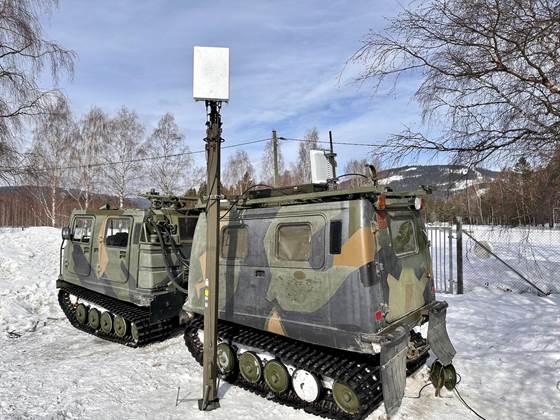Our applied research on communication technologies targets new applications and/or services involving any of the following communication technology systems:
- terrestrial cellular/mobile communications
- maritime communications
- subsea communications
- satellite communications
- sensor network communications
Our expertise on specialized topics in wireless communications include:
- signal processing and machine learning algorithms,
- signal/waveform design, modulation, coding, equalization, and synchronization,
- electromagnetic and acoustic wave propagation,
- channel modelling, characterization, and estimation,
- antenna design and analysis,
- electromagnetics and electromagnetic sensing for non-destructive testing,
- direction finding and positioning techniques,
- cognitive radio, scheduling, spectrum sensing and radio spectrum management,
- data protocols, flow, and congestion control,
- safe communication protocols and architectures,
- embedded systems design and integration (prototyping).
Our applied research on navigation technologies ranges from GNSS-based precision aircraft landing to wireless positioning using ubiquitous multi-sensor and signals of opportunity-based navigation for outdoor and indoor use.
Our expertise on specialized topics in navigation include:
- satellite navigation
- monitoring of GNSS interference signals
- system integrity assurance for safety-critical operations
- cyber-physical security of navigation operations for autonomous vehicles either on land, in the air, on water, or beneath the sea
- collaborative navigation
The group is usually involved in projects where R&D is used to increase the maturity level of a specific technology or to combine existing technologies to realize a new or improved solution subject to user- and/or system-specific requirements. The maturity level of a specific technology solution is commonly represented by a number from one to nine on a scale called the Technology Readiness Level (TRL), where one is used to represent pure basic research projects and nine is used to represent an actual system proven and ready for the market. Our group is mostly involved in projects bridging the gap between TRL 2 – 6 on this scale. As a result, we usually contribute with our know-how and expertise in activities such as:
- discussions and formulation of technology concepts based on user- and/or system-specific requirements
- studies on the feasibility and application of new or upgraded products, technologies, processes, services, or solutions (feasibility studies)
- analysis and design of new or improved electronic components/embedded systems for experimental proof of concepts
- validation/testing of a technology or an application in a controlled environment (laboratory testing)
- validation/testing of a technology or an application in a relevant environment (field testing)
- demonstration of a technology or an application in a relevant environment (field demonstration)
- being a trusted and independent technology advisor for future technology investments
Funding sources
Our research is funded mainly through the following sources:
- Direct contract research with industry partners
- The Research Council of Norway
- Norwegian Space Agency
- European Union
- European Space Agency (ESA)
- European Defence Fund (EDF)
- European Defence Agency (EDA)

